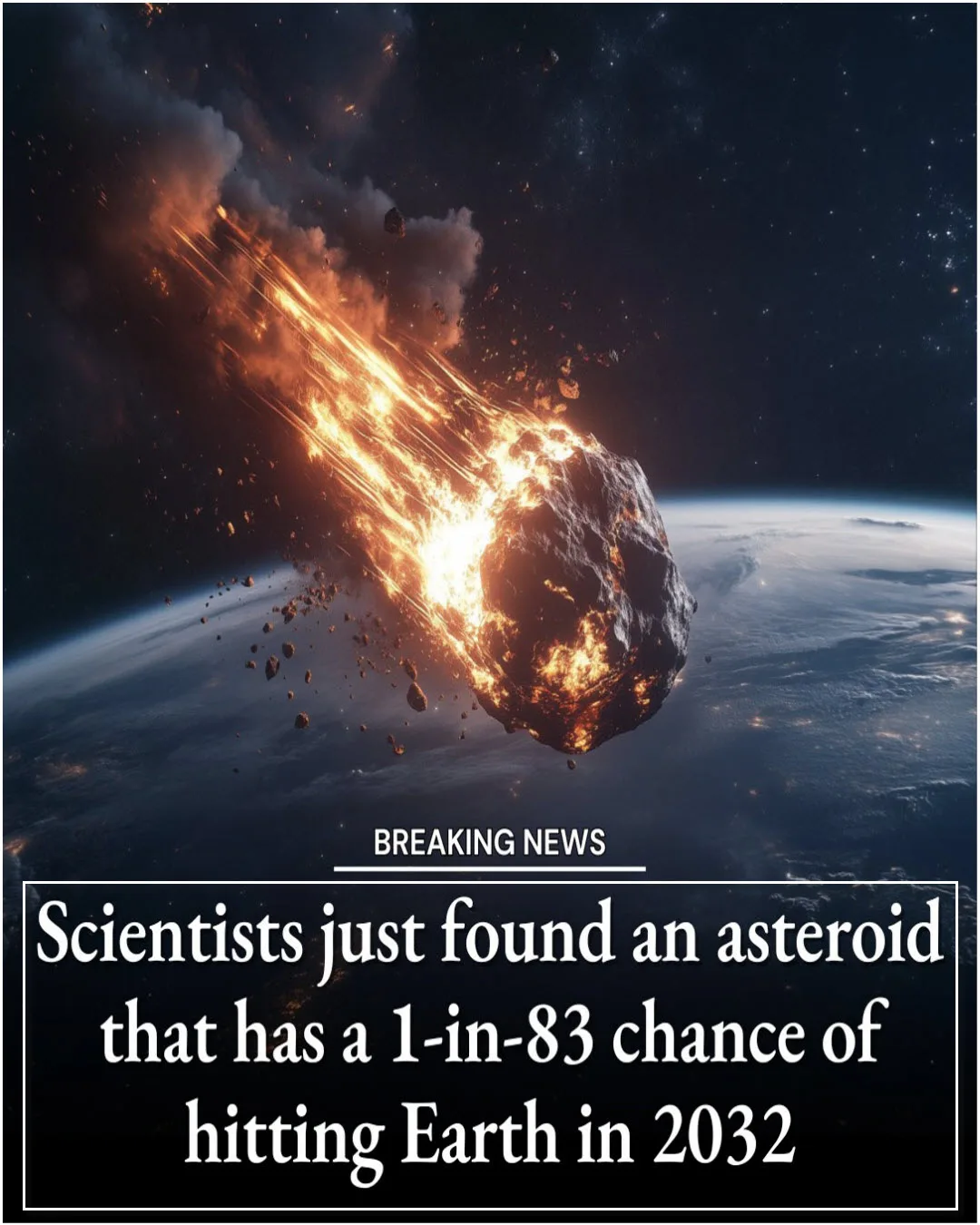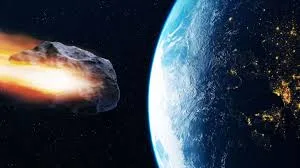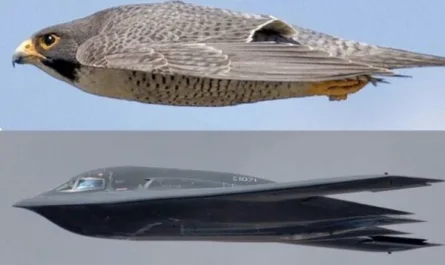This is one of the highest probabilities of an impact from a significantly sized rock ever,” asteroid hunter David Rankin notes.
The probability is currently estimated at just over 1%. While this small risk warrants attention, scientists emphasize the 99% chance that the asteroid will miss our planet.

Designated 2024 YR4, the asteroid was first observed by a telescope in Chile. It is estimated to be between 130 and 330 feet (40 to 100 meters) in diameter. Currently moving away from Earth, the asteroid will become increasingly difficult to observe in the coming months.

However, while it remains visible, powerful telescopes will be used to gather more data about its size and trajectory. The asteroid’s closest recent approach to Earth occurred on Christmas Day of 2024, passing within approximately 500,000 miles (800,000 kilometers), roughly twice the distance to the Moon.
It was discovered just two days later. Scientists are now examining older sky surveys, particularly those from 2016, when the asteroid is also predicted to have passed close to Earth. Locating the asteroid in these earlier images would allow scientists to significantly refine their calculations and determine the likelihood of an impact in 2032.

If the asteroid is not detected in the older images, the impact probability will be gradually updated as further observations are made. Asteroids of this size impact Earth on average every few thousand years, with the potential to cause significant damage.
This potential for severe consequences is why 2024 YR4 currently tops the European Space Agency’s risk list. The potential impact is predicted to occur on December 22, 2032, but it is far too early to predict a potential impact location.
Learn more: https://cneos.jpl.nasa.gov/sentry/


